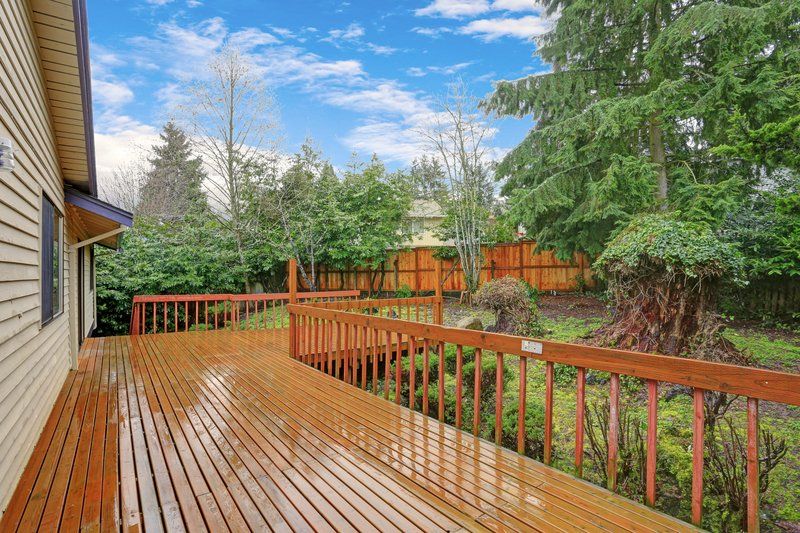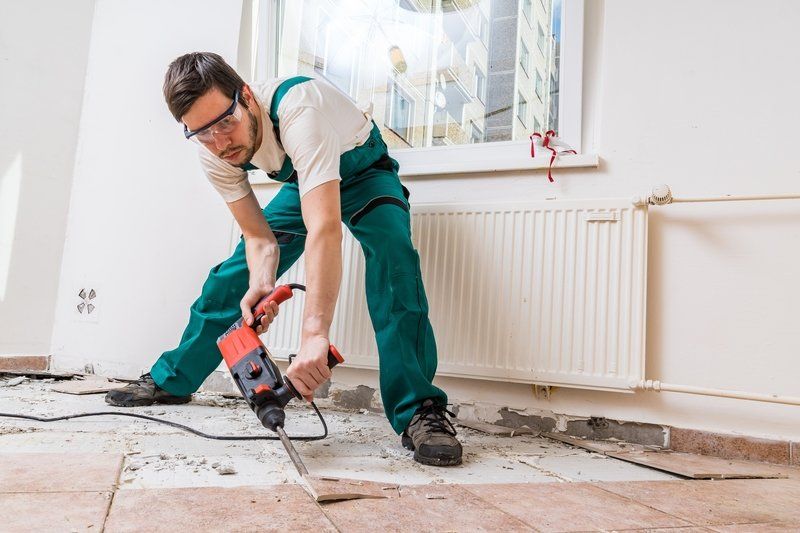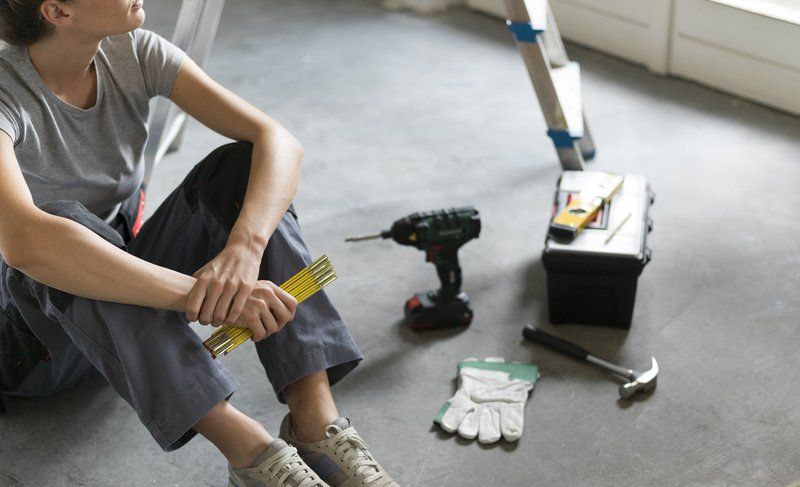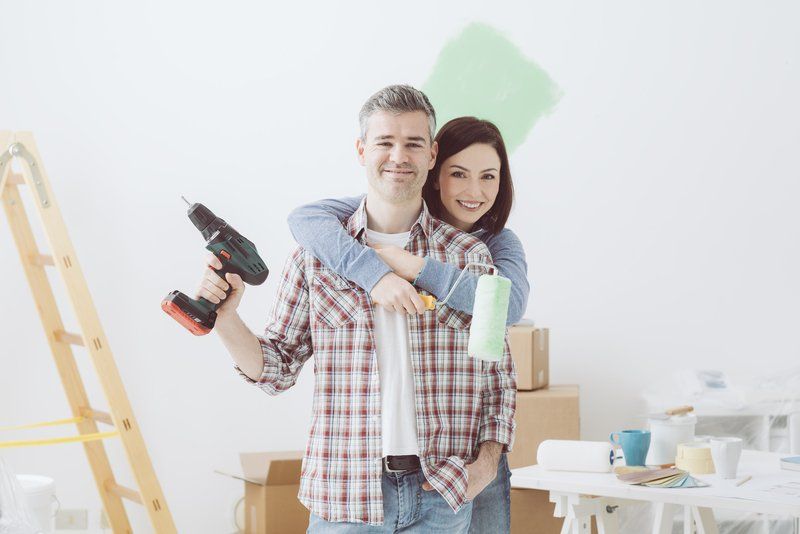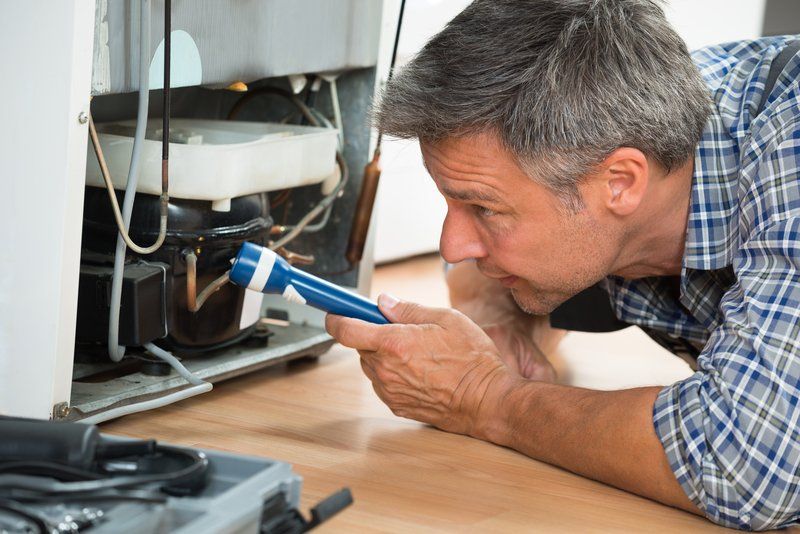How to Build a Greener Custom Home
- By Dotcom Design
- •
- 07 May, 2020
- •
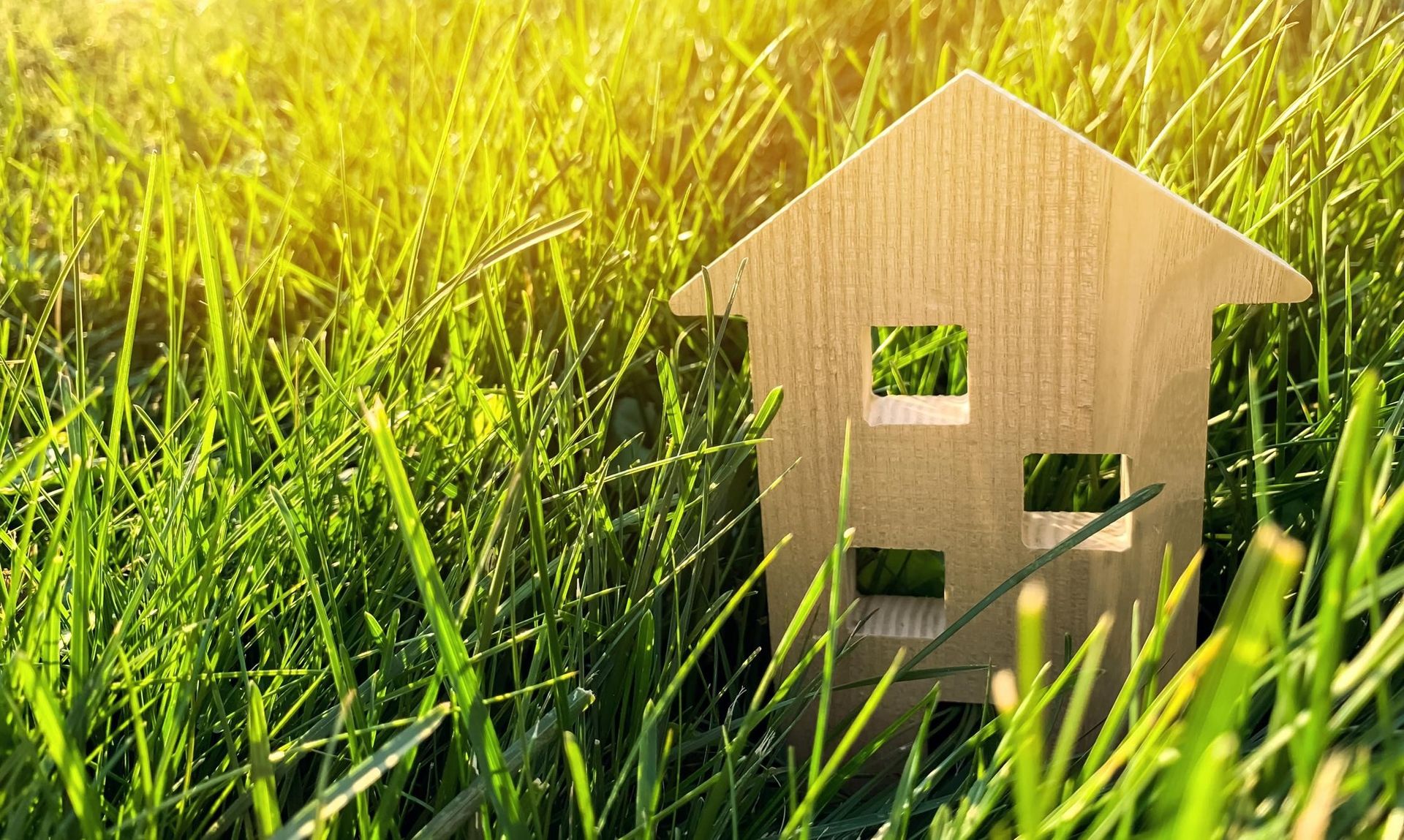
Do you care about the world we live in? Are you building a home? If so, there are several ways that you can help protect the environment. Not only that but building a greener home will also help cut down on your monthly energy bills. So, what can you do? The following are 8 tips for building a greener home.
Build With Sustainable Materials
Steel production requires a large amount of energy. Not only that, but steel requires a large amount of mining, and quarrying. You can help reduce this by using recycled steel. Recycled steel requires about 75% less energy to create than new steel, and saves millions of tons of otherwise wasted material.
Another popular sustainable option is to replace pine and cedar wood with bamboo. Bamboo is quite strong and grows incredibly quickly. Because of this, bamboo can be harvested without adversely affecting the environment. Trees on the other hand will take years to grow and replenish.
Think About Alternative Energy
There are many ways that your home can benefit from using alternative energy. The equipment to harvest wind and solar energy can come with high capital costs, but there is a very important bonus. You don’t have to pay for the wind or the sun. By installing a small wind turbine, or solar panels, you can significantly reduce your energy bill. What’s more is that these energy harvesting methods don’t produce greenhouse gases!
That all sounds very exciting of course, but could it be too good to be true? It is true; however, it isn’t necessarily effective where you live. The amount of wind and solar energy that you can harvest will depend a lot on the amount of wind and sun that your home is going to get. Before investing in alternative energy, do some research to determine if there is enough of an energy potential for it to be worth your time.
Follow Energy Star Standards
Several years ago, the government unveiled the energy star program. This was an effort to encourage businesses to improve energy efficiency of their appliances and fixtures without compromising performance. Following the guidelines that the energy star program has will help your home be much greener. There are key benefits of energy efficient windows in your home. Energy efficient windows prevent warm air from escaping during the winter, and cold air from escaping during the summer.
LEED Standards
LEED stands for the Leadership in Energy and Environment Design standards. These standards outline several practices and performance metrics that your home should be able to meet. Before you begin to build your home, you should sit down with your construction company to discuss these standards. Identify the LEED rating that you wish to obtain. Then discuss the associated changes that will need to be made to ensure that your home can obtain this standard.
No Wasted Space
One of the biggest mistakes that you can make in a green home is to have wasted space. Wasted space refers to any space that is not being used for a physical purpose. For example, a game room is not a wasted space. 20-foot ceilings would be an example of wasted space. Although the 10 extra feet would give an elegant appearance to a room, it serves no functional purpose. So why is that a problem? Every cubic foot of space in your home is going to cost you money to heat or cool. Ideally, you should only be heating and cooling the spaces that you are actually going to be using. Having a high ceiling is going to greatly increase heating and cooling requirements without increasing the functionality of your home.
Right Place
When you are building a green home, it’s very important to consider the location that you are building on. Does your building project destroy any natural resources? Are there any endangered species in the area that may be adversely affected by your decisions? If so, you should see if there is a way to change your plans that will mitigate these negative effects. If you can’t, then you may wish to consider building in another location. If you want to find out if your home construction could have serious negative effects on the environment, reach out to a local environmentalist. A good place to start is by visiting your local college or university. Set up an appointment with a professor in the life sciences department to discuss your concerns.
Light Colored Roofing
Cooling your home costs a significant amount of energy. This energy is usually produced by burning coal or natural gas. Burning these materials releases greenhouse gases that harm and pollute the environment. You can significantly reduce this by keeping your house cooler through natural means. One of the best ways to do this is by changing the color of your roof.
Most roofs are made from black shingles. While these shingles are very effective at keeping out the elements, they are not energy efficient. Their dark color causes the shingles to trap almost all the light that hits them. This light is then converted to heat, and this heat is then passed into your home. By using a lighter color for your roof, your home will naturally be a much cooler place to live. This will save the environment from greenhouse gases produced by energy creation and will also save you money.
Environmentally Friendly Products
If you truly want to have a green home, you need to do more than build a greenhouse. A green house can be very damaging to the environment if the people inside the home are constantly consuming products that are not environmentally friendly. Look at how much plastic you throw away in a week. Are there more environmentally sound alternatives? You can support the green movement by buying products from companies that use sustainable resources in their packaging and ingredients. Pay attention to things like chemical cleaners. These products can be especially harmful to the environment.
As the most intelligent creatures on the planet, we have a duty to care for the world around us. Fortunately, that doesn’t mean that we have to forego our luxuries. On the contrary, there are many ways that you can enjoy luxury while caring for the environment. As you implement these tips into your new green home, you’ll be doing just that.
If you’re ready to build your own custom, green home, contact us to get started!



